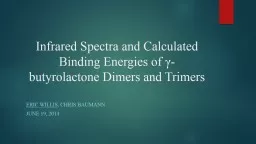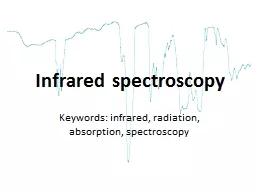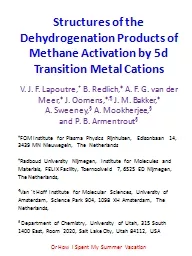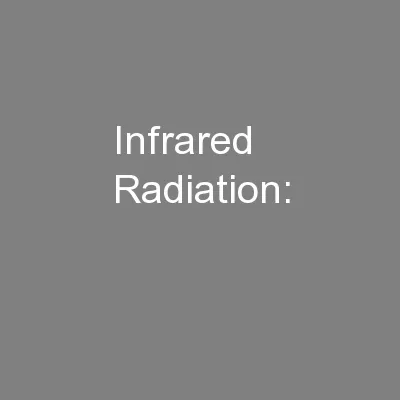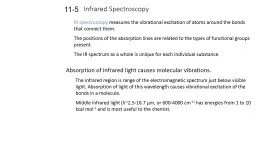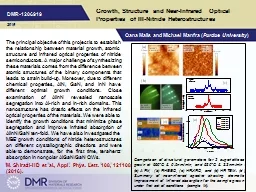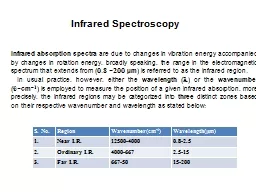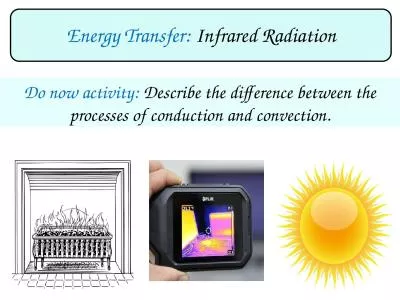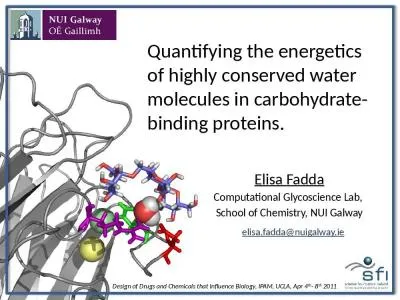PPT-Infrared Spectra and Calculated Binding Energies of
Author : marina-yarberry | Published Date : 2016-03-22
γ butyrolactone Dimers and Trimers 69 th annual international symposium on molecular spectroscopy Eric Willis Chris Baumann June 19 2014 RI07 Optimized Structure
Presentation Embed Code
Download Presentation
Download Presentation The PPT/PDF document "Infrared Spectra and Calculated Binding ..." is the property of its rightful owner. Permission is granted to download and print the materials on this website for personal, non-commercial use only, and to display it on your personal computer provided you do not modify the materials and that you retain all copyright notices contained in the materials. By downloading content from our website, you accept the terms of this agreement.
Infrared Spectra and Calculated Binding Energies of: Transcript
Download Rules Of Document
"Infrared Spectra and Calculated Binding Energies of"The content belongs to its owner. You may download and print it for personal use, without modification, and keep all copyright notices. By downloading, you agree to these terms.
Related Documents

